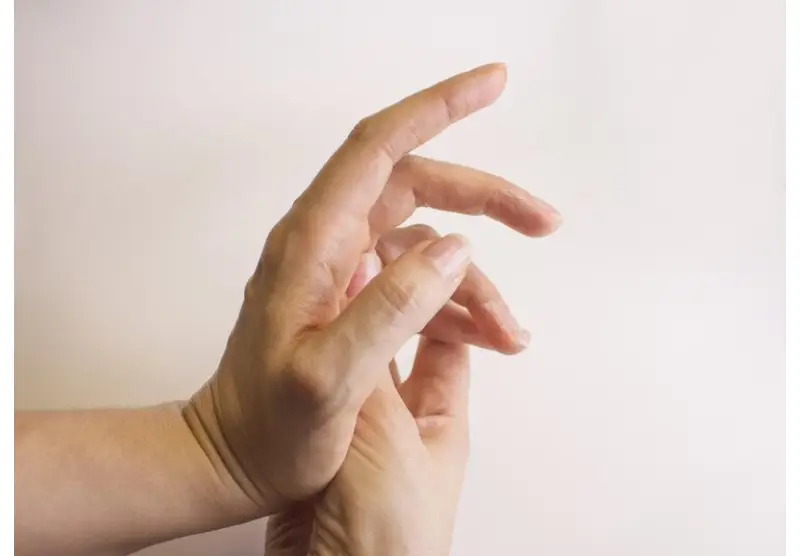Before selecting a treatment plan, it’s important to understand what trigger finger is and its causes. Trigger finger is typically caused by inflammation of the tendon sheaths, making it difficult for the tendons to glide smoothly. Identifying the root cause, such as repetitive motion or an underlying condition like arthritis, can help in choosing the most effective treatment option.
Conservative Treatments for Trigger Finger
If the condition is mild, conservative Trigger finger treatment are often the best starting point. These include rest, ice application, anti-inflammatory medications, and splinting. These methods can reduce swelling and alleviate pain. Conservative treatments are often effective, especially in the early stages or for patients with less severe symptoms.

Steroid Injections as a Treatment Option
For more persistent cases, corticosteroid injections can be used to reduce inflammation around the tendon. This method is often effective in providing relief for several weeks or even months. Steroid injections are typically recommended when conservative measures fail to provide sufficient relief, offering a less invasive alternative to surgery.
The Role of Physical Therapy
Physical therapy plays a key role in the treatment of trigger finger. Working with a trained therapist, patients can learn stretching exercises that promote flexibility and tendon movement. Physical therapy can be combined with other treatments like splinting or medication to improve the overall recovery process.
Surgical Treatment for Persistent Trigger Finger
If non-surgical treatments don’t provide long-term relief, surgery may be necessary. Surgery involves releasing the tendon sheath to allow the tendon to glide freely. This treatment is generally considered when other methods have failed, and the condition has become debilitating. It is a safe and effective option with a high success rate.
Exploring Non-Invasive Alternatives
Some patients prefer to explore non-invasive alternatives like acupuncture or massage therapy. While the scientific evidence on their effectiveness is limited, these treatments may help reduce symptoms such as pain and stiffness. Always consult with a healthcare provider to ensure these treatments are safe and suitable for your condition.
Managing Pain During Treatment
Pain management is an important aspect of trigger finger treatment. Over-the-counter medications, like ibuprofen or acetaminophen, are commonly used to relieve discomfort. For more intense pain, your doctor may prescribe stronger pain relievers or suggest targeted treatments like nerve blocks. Managing pain effectively allows you to engage more fully in other therapeutic measures.
How to Choose Between Treatments?
The best treatment option for trigger finger depends on the severity of the condition, your age, overall health, and lifestyle. For mild cases, non-invasive treatments such as rest, therapy, and steroid injections may be enough. However, for more severe or persistent cases, surgical intervention may be necessary. Discussing your symptoms with a healthcare professional is key to finding the best solution.
Considering Recovery Time
When choosing a treatment, consider the recovery time involved. Conservative treatments like rest and therapy have minimal recovery time, while surgery may require a few weeks for full recovery. If your work or daily activities require you to use your hands frequently, this factor should be carefully considered when deciding on a treatment approach.
Conclusion
Choosing the best treatment for trigger finger involves assessing the severity of the condition, considering the benefits and drawbacks of various treatment options, and factoring in recovery times. For mild cases, non-invasive treatments are often sufficient, while persistent or severe cases may require steroid injections or surgery. Discussing your treatment options with a medical professional ensures you make the most informed decision for your health.
